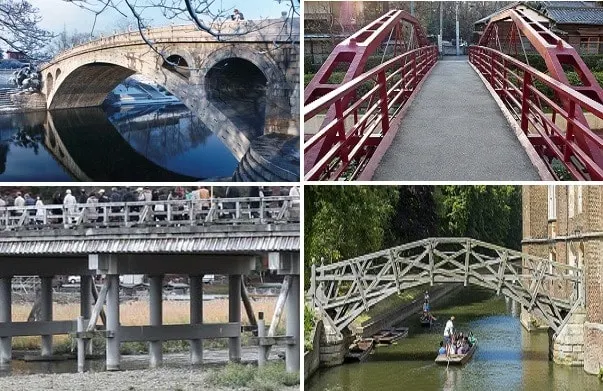Bridging the Gap: How Bridge Design and Construction Have Changed Over Time
Bridges are magnificent structures that connect communities, span bodies of water, and
facilitate transportation and commerce. Over the centuries, bridge design and construction
have undergone a remarkable evolution, driven by technological advancements,
engineering innovations, and the need to overcome complex challenges.
Ancient Engineering Wonders:
The earliest bridges were built by ancient civilizations, showcasing their ingenuity and
resourcefulness. From the stone arch bridges of ancient Rome, such as the Pont du Gard, to
the intricate rope bridges of the Inca Empire, such as the Q’eswachaka Bridge, these
structures laid the foundation for future bridge designs.
The Renaissance of Bridge Engineering:
The Renaissance period witnessed a resurgence in bridge design, with engineers exploring
new materials and construction techniques. Notable examples include the Ponte Vecchio in
Florence, Italy, which features stone arches and shops built along its length, and the
innovative wooden truss bridges developed in Europe.
The Rise of Iron and Steel:
The Industrial Revolution brought about a revolution in bridge construction with the
widespread use of iron and later steel. Engineers like Isambard Kingdom Brunel and Gustave
Eiffel pushed the boundaries of bridge design. Iconic structures such as the Clifton
Suspension Bridge in the UK and the Eiffel Tower in Paris demonstrated the strength,
versatility, and aesthetic possibilities of these materials.
Advancements in Structural Analysis:
With the advancement of structural analysis techniques in the 20th century, bridge design
entered a new era. Engineers began employing mathematical models, computer
simulations, and finite element analysis to optimize bridge designs and ensure their
structural integrity. This led to the development of groundbreaking bridges like the Golden
Gate Bridge in San Francisco and the Millau Viaduct in France.
Sustainable and Futuristic Bridges:
In recent years, bridge design has increasingly focused on sustainability and futuristic
concepts. Engineers now prioritize eco-friendly materials, energy-efficient lighting, and the
integration of renewable energy sources. Additionally, visionary projects such as floating
bridges and 3D-printed bridges demonstrate the potential for revolutionary advancements
in the field.
Challenges and Innovation:
Bridge design and construction continue to face unique challenges, including geological
conditions, extreme weather events, and increasing demands for transportation
infrastructure. Engineers must find innovative solutions to ensure safety, longevity, and
cost-effectiveness. Engineers have overcome these challenges and the cutting-edge
technologies they employ, such as intelligent sensors, self-healing materials, and modular
construction techniques.
Conclusion:
The evolution of bridge design and construction is a testament to human ingenuity and
engineering prowess. From ancient stone arches to modern cable-stayed and suspension
bridges, each era has contributed to the advancement of bridge engineering.
As we move forward, the focus on sustainability, technology integration, and pushing the boundaries of
what is possible will continue to shape the bridges of the future. The bridges we build not
only connect physical gaps but also serve as timeless symbols of human innovation and the
power to overcome challenges.
Disclaimer: This content is provided solely for your review. Erusu Consultants takes no liability for this article. The reader is advised to form their own opinion. Please consult a Structural Engineer before making any final decisions.






